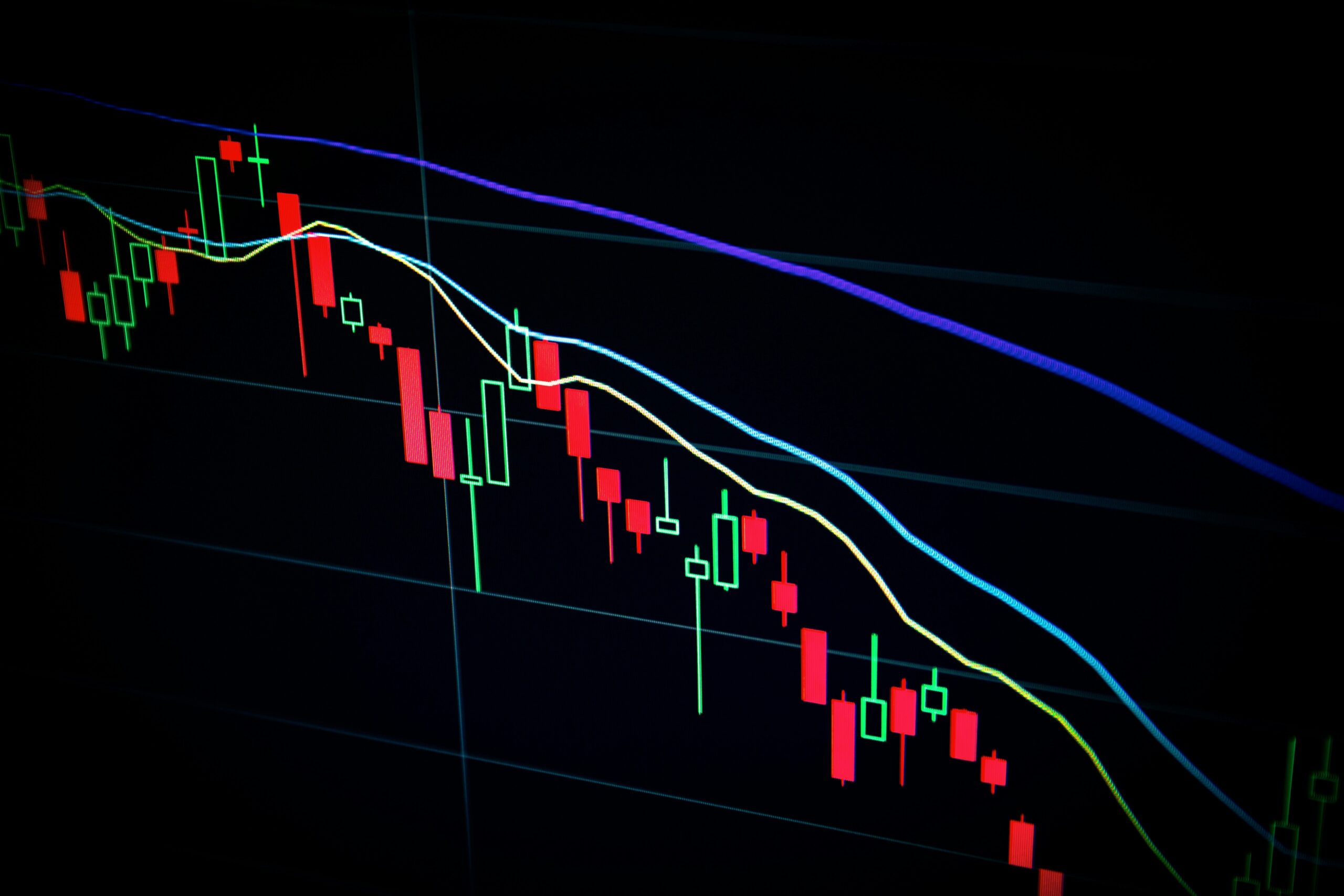Investors are constantly on the lookout for new ways to get exposure to different assets, from traditional stocks to emerging cryptocurrencies. Among the many investment tools available, tracker certificates have become a versatile and powerful instrument. Also known as exchange-traded notes (ETNs), these securities provide a straightforward and affordable way to follow the performance of an underlying asset or portfolio.
Understanding the Basics
A tracker certificate is a debt security that’s issued by a financial institution, and its value is designed to directly reflect the performance of an underlying asset or index. Instead of purchasing the asset itself, an investor buys a certificate that promises a return based on the asset’s price movements. The value of the certificate is directly tied to the underlying asset, whether it’s a single stock, a commodity, a market index, or a collection of assets. This “tracking” mechanism is how the instrument got its name.
The issuer of the certificate, which could be a financial institution or a special purpose vehicle (SPV), either holds the underlying assets or uses derivatives to mimic their performance. These certificates can then be listed on an exchange, making them liquid and easily accessible to a wide range of investors.
While you probably wouldn’t buy a certificate to invest in a stock like Apple, which is easy to purchase directly, tracker certificates are a useful tool for gaining exposure to assets that are not as easily accessible to the general market.
Using a certificate for a readily available stock would simply add an unnecessary layer of derivatives and extra fees. However, trackers are perfect for investing in a basket of securities, a specific strategy, or a non-traditional asset. For example, a person who only uses “real-world” investment instruments can gain exposure to a cryptocurrency like Bitcoin by buying a tracker certificate backed by the coin, without having to set up a crypto wallet or deal with the technical risks.
How They Operate
The mechanics of tracker certificates are simple. The certificate’s value is calculated using a predetermined formula that links it to the price of the underlying asset. For instance, if a certificate tracks an index, its value would move in tandem with the index’s price. If the index goes up by 5%, the certificate’s value will also increase by 5% before any fees are applied.
Similar to actively managed certificates (AMCs), a key feature of trackers is their ability to track actively managed portfolios. In this case, the underlying asset is a portfolio of financial instruments managed by a professional. The certificate tracks the net asset value (NAV) of this managed portfolio, allowing investors to benefit from professional expertise without directly investing in a traditional fund.
Benefits and Risks
Tracker certificates provide several benefits for both individual and institutional investors. They offer diversification, allowing access to a wide range of assets, including those that might be difficult for an individual to access directly, such as commodities or foreign market indices. Their listing on exchanges provides accessibility and liquidity, meaning they can be easily bought and sold throughout the trading day, unlike traditional funds that may only be priced once a day.
They can also be more cost-effective than actively managed funds, especially if they track passive indices, as their fees can be lower. Finally, they offer targeted exposure, allowing investors to focus on specific themes or strategies, such as investing in cryptocurrencies without the complexities of direct ownership.
It is crucial to be aware of the risks involved.
Credit risk is a significant consideration, as tracker certificates are unsecured debt obligations of the issuer. If the issuer goes bankrupt, investors could lose their entire investment. While an SPV can mitigate this risk, dealing with a bankruptcy can still cause delays in recovering the security’s value, even with “ring-fencing” provisions. It’s also important to determine whether the certificate is fully backed by the underlying assets or if the issuer is using derivatives to replicate the performance. Holding the actual asset is generally more secure than using derivatives.
Other risks include tracking error, which is the difference between the certificate’s performance and the underlying asset’s due to fees and expenses.
There is also liquidity risk, as some certificates may have low trading volumes, making it difficult to buy or sell them at a desired price. A listing on an exchange does not guarantee liquidity, especially for certificates on platforms like multilateral trading facilities (MTFs) where market-making isn’t required.
Lastly, investors must understand the management fees, which can erode returns over time.
Beyond Investing
While most tracker certificates are created for market-based objectives, their legal structure also makes them a useful tool for structuring personal assets. Packaging a portfolio into a certificate can provide enhanced privacy for the investor and may even offer tax benefits, depending on the applicable tax laws. This isn’t a unique feature of tracker certificates, as using an intermediate SPV can serve similar purposes.
Tiner Wernow, formerly John Tiner & Partners, designs and creates securities and other financial instruments. We help our clients raise capital, sell managed trading strategies, and securitize all types of assets.
We provide a complete service, from developing the initial structuring concept to its full implementation, which includes ISIN, issuance, global clearing, exchange listings, and placement routes. We help to package any asset or investing idea into easily tradable, globally cleared securities. We offer issuance, brokerage, and SPV maintenance services in various jurisdictions.
Our global services platform is 208Markets (https://208markets.com).
The educational materials found on the internet under the “Tiner Educational Hub” are intended to increase the awareness of professionals regarding the securitization tools available to help them more efficiently achieve their business objectives.



